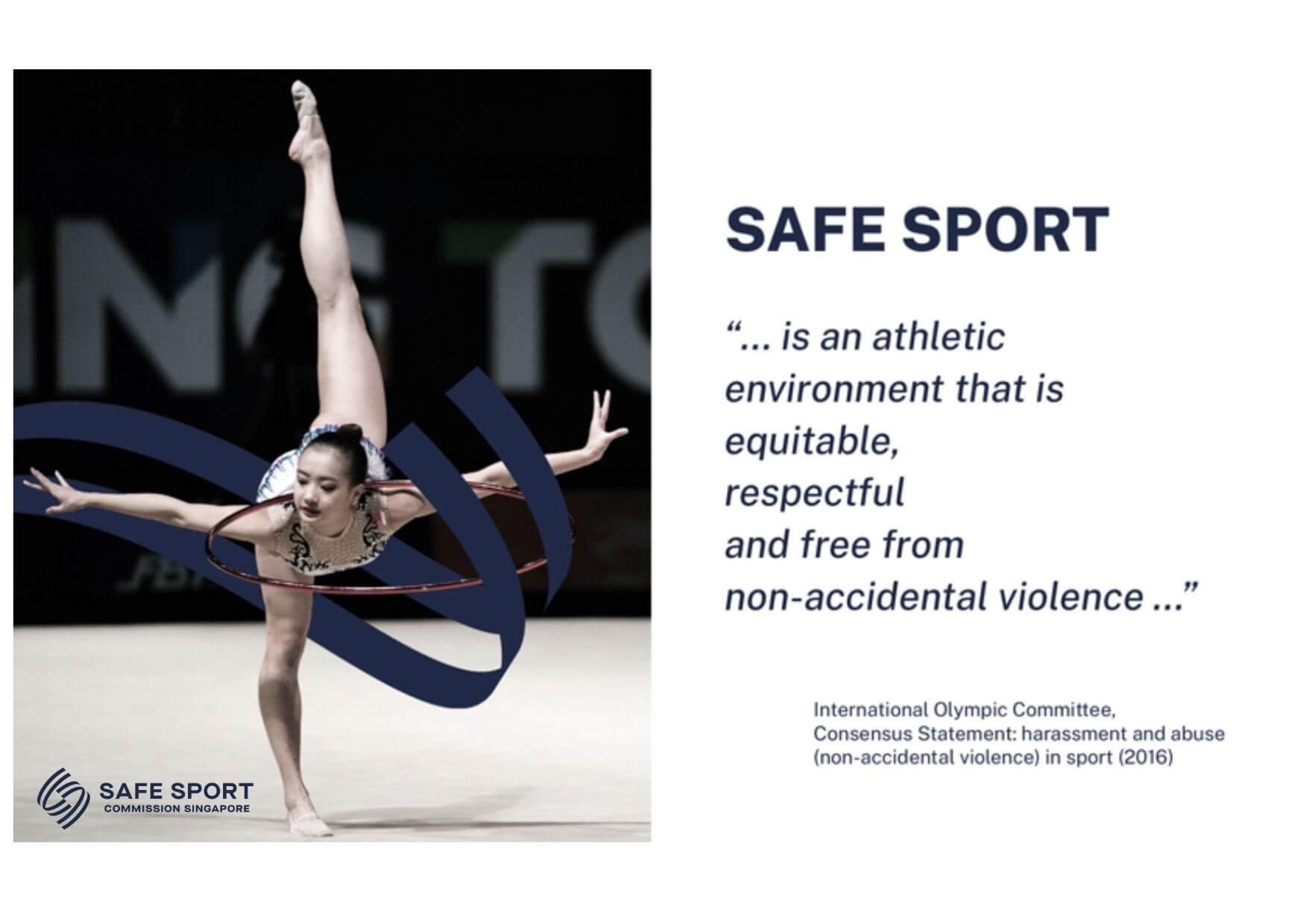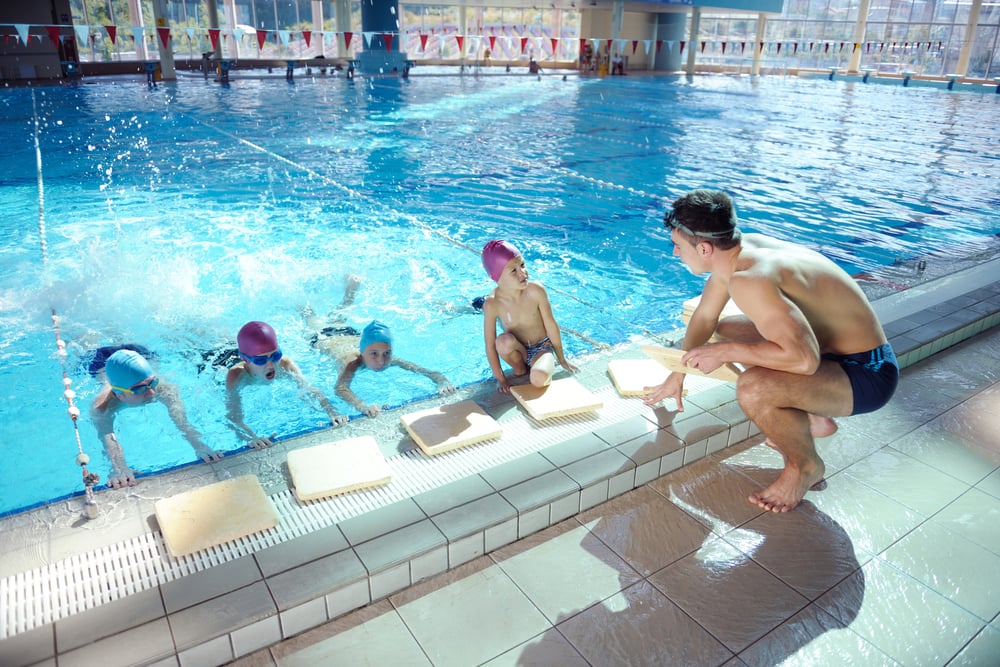What Is Safe Sport?

What comes to mind when you think of “Safe Sports”? If the image of protective gear like
helmets and knee pads comes up, you’re not alone. Unbeknown to many, though, there’s
another type of Safe Sports that similarly protects athletes - but on many other fronts.
According to the International Olympic Committee, “Safe Sports” involves “an athletic
environment that is equitable, respectful and free from non-accidental violence...". Singapore
introduced the Safe Sport Programme to address abuse and harassment in sport so that all
participants in spots can “play, practice, compete, officiate, work, volunteer, and interact in an
environment that is free from harassment and abuse.”
Developed in consultation with experts, the Unified Code is the cornerstone of the Safe Sport
Programme. It sets out a unified reference for the Singapore Sporting Community. Some
categories of misconduct under the Unified Code include sexual misconduct, physical and
psychological misconduct as well as offenses under domestic laws.

Importance of Safe Sports
So, why Safe Sports? What’s the importance of it? The Safe Sports Programme was set up for
both athletes and coaches to ensure that the former feels safe and the latter knows guidelines to
stick to. It’s also set up to prevent psychological, physical, or sexual misconduct that would
hinder the overall well-being of athletes.
While it may not seem like a big deal to most of us– abuse, harassment and other inappropriate
behavior can affect the enjoyment of athletes at all levels. If unaddressed, some consequences
include damaging the confidence people have in the integrity of the spot, creating a culture of
permissibility, and compromising the safety and well-being of affected individuals.
Safe Sports In Action: Gymnastics and Aquatics
Now that we’ve covered what “Safe Sport” is, let’s look at what it looks like in the field of several
sports, namely gymnastics and swimming in Singapore.
For Gymnastics, Body Confidence Guidelines were rolled out to help athletes feel comfortable
and confident with themselves. These guidelines were developed to help gymnasts and their
families, coaches, and staff understand more about the subject and how it can affect the esteem
and confidence of those affected.
If unaddressed, poor body image has also been shown to be detrimental to an athlete’s
performance. These guidelines not only aim to give athletes enough information and encouragement to love their body as it is but also create a supportive environment for youth
athletes to navigate their bodily changes and build a positive body image.
For aquatics, lines between what is appropriate and what is not can be blurred, especially
regarding coaches and their charges. To tackle this, the Singapore Aquatics Association
launched a pool of initiatives, including a mandatory course for all certified coaches on how to
conduct lessons in a manner that is safe from abuse, violence, and harassment. The course
covers how to communicate in ways that are not abusive and provides guidelines on keeping
the pool a safe environment for athletes.
 Photo: stock image
Photo: stock image
There you have it, what Safe Sports is. As mentioned, it doesn’t just protect the safety of an
athlete’s physical wellbeing, but also their mental and emotional well-being. Given the
complexity of sports and how it isn’t just physical, it’s no surprise that all aspects of athletes are
covered under this code. For coaches, who can sometimes take on more of a “parental” role and
spend many hours with athletes, education, and awareness are important to ensure that the
environment is conducive for athletes to reach their full potential.
To find out more on Safe Sport, click here.





![ActiveSG Academies and Clubs Logo (Solid Colour)[8647]](https://www.activesgcircle.gov.sg/hs-fs/hubfs/ActiveSG%20Circle%202023Theme/images/ActiveSG%20Academies%20and%20Clubs%20Logo%20(Solid%20Colour)%5B8647%5D.png?width=150&height=65&name=ActiveSG%20Academies%20and%20Clubs%20Logo%20(Solid%20Colour)%5B8647%5D.png)




-01.png?width=200&height=141&name=Team%20Singapore%20Logo%20(Red)-01.png)









.png?width=162&height=162&name=Copy%20of%20BCXmas_14Dec_banner%20(400%20x%20400%20px).png)
